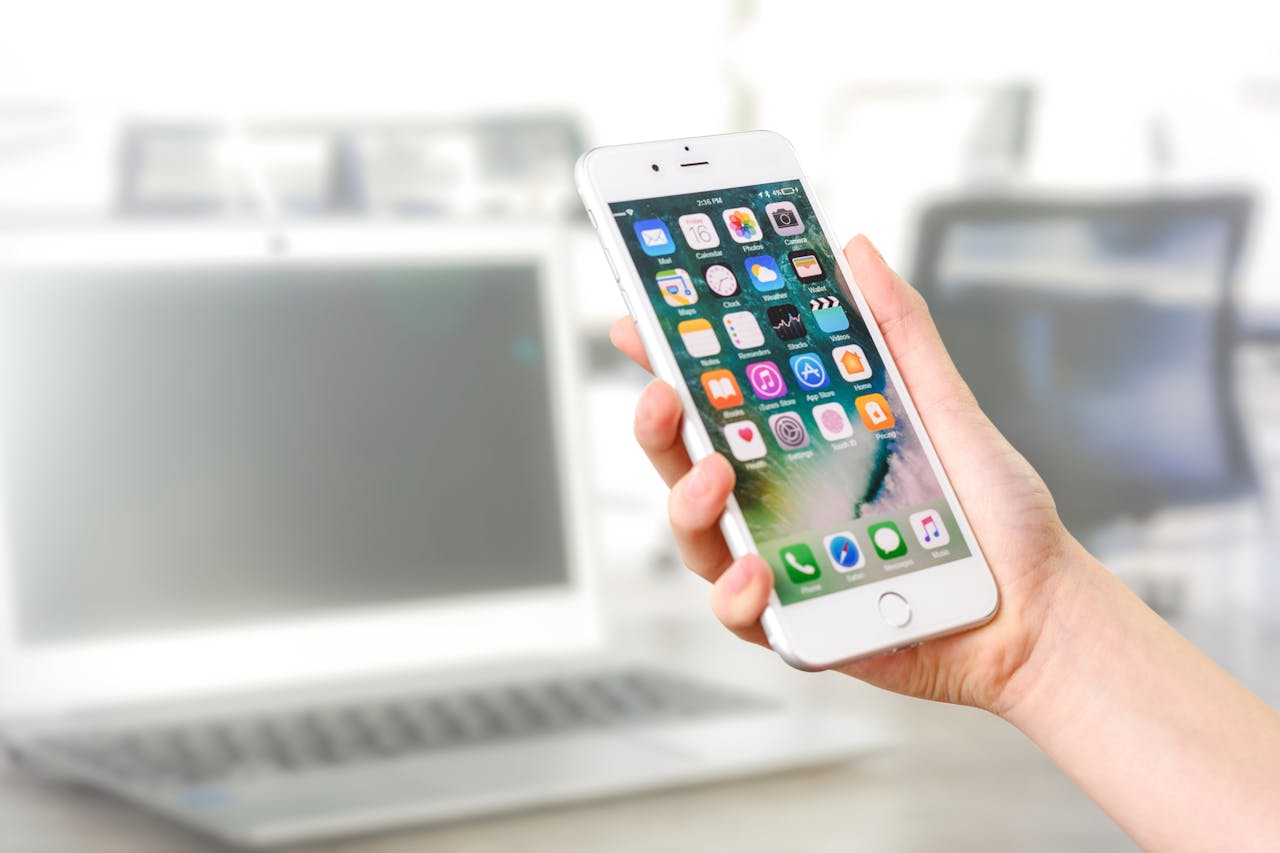Roadmap and Steps for Mobile App Development (2024)
Have you ever considered creating an app but weren’t sure where to start? The development of an app may appear to be a massive undertaking, but with a plan in place, you can ensure that everything goes smoothly. Developing an app comprises numerous separate steps, and we’ll go through them here. With the right plan of action and a reliable Mobile App Development Service in Dubai, you can create a fully functional app that meets all of your needs. In this article, we will learn about the Roadmap For Mobile App Development and other ideas for creating a fantastic app.
Creating a Roadmap for App Development
The app development process is a set of operations known as the app development roadmap that are carried out to construct a mobile application.
The app development roadmap is divided into four major categories: ideation, design, development, and testing and launch.
Ideation
The first stage of the App development process is Ideation, which is where the first idea for the app is generated. This stage is significant because it establishes the framework for the succeeding stages of the process. The concept should be something that solves a problem or fills a need for the user.
Market Research
Examining market demand and competition for comparable apps.
The following are some important procedures to take when conducting market research for app development:
- Define the intended audience: Determine the people who will use your app’s age, gender, location, income, and interests.
- Competitor Analysis: Analyze the apps that are similar to the one you want to create and evaluate their merits and drawbacks.
- Customer requirements analysis: Determine the challenges that your target audience is experiencing and how your app may help them.
- Prospective consumers should be polled: Gather information about consumer behaviour and preferences using online surveys, focus groups, or interviews.
- Data analysis: Utilize the obtained data to better understand consumer needs, preferences, and behaviour patterns.
- Validate the concept: Use the market research insights to validate the idea and make any necessary adjustments to the app concept.
Prototyping
The act of constructing a simplified model of a proposed app in order to test and perfect its design and functionality prior to full development is known as prototyping. It aids in identifying potential issues and making necessary modifications to the app’s design, user experience, and functioning.
Design
The design phase of app development is where the general look and feel of the app are established. Color schemes, icon designs, and layout are all examples of this. You’ll be focusing on improving the app’s aesthetics and user-friendliness at this stage. After the design is completed, it is time to move on to development.
Development
The third stage of app development is development, which is where the real code for the app is written. This stage can be further broken into two substages: front-end development and back-end development.
1.Front-end development: Front-end development is concerned with everything that the app’s user will view and interact with, such as the UX design. This comprises the user interface as well as any animations or images utilised in the programme.
2.Back-end development: Back-end development is concerned with everything that occurs in the programme behind the scenes. This includes aspects such as data storage and security. When both the front-end and back-end development are finished, testing may begin.
Testing
The app testing phase is concerned with establishing how well the code works and whether it is ready for prime time. The app is tested at this stage on a variety of devices, including all major mobile platforms such as Android and iOS. Regression tests are performed to uncover any faults in performance that could develop, while user acceptance tests are conducted by actual users to assess the usability of the interface.
After these tests have been successfully completed, fixes can be incorporated before the final deployment.
Launching
The final step is to launch the app when it has been constructed. When an application is launched, it becomes available to end users. This step entails publishing it to app stores, mobile app advertising, and providing customer support.
Maintenance and Updates
After launch, app maintenance and upgrades are critical to ensuring that the app continues to perform properly, satisfy evolving user needs, and remain relevant in the market.
Some important features of app maintenance and updates are as follows:
- Bug fixes: Address any technical difficulties or faults that users mention.
- Performance optimization: It entails monitoring the app’s performance on a regular basis and making adjustments to increase speed and stability.
- Security updates: Stay up to date on the latest security patches and updates to secure the app and user data.
- New features and functions include: Add new features and functionality to the app on a regular basis to satisfy the changing needs of consumers and stay ahead of the competition.
- User comments: Collect and analyse user feedback to discover areas for improvement and implement changes based on their recommendations.
- New device and operating system compatibility: As new devices and operating systems are launched, ensure that the app continues to perform effectively.
- Support for new devices and running systems: Regular app maintenance and upgrades aid in improving user experience, increasing user engagement, and ensuring the app’s long-term success.
Regular app maintenance and upgrades aid in improving user experience, increasing user engagement, and ensuring the app’s long-term success.
What role does user feedback play in the App Development Roadmap?
Listening to and acting on user input is a key element of developing a good app. It provides insight into the app’s usage, allowing for more precise updates and enhancements.
It would be difficult to create an app that fits the demands of its users without user feedback. User feedback can take many different forms, including ratings and reviews, comments and recommendations, and even direct communication with developers.
Without a doubt, all of this feedback is quite valuable and should be taken into account when making improvements to an application. There is no better method to improve an app than to use user feedback and then deliver it to developers.
In the end, if there was no purpose for applications, there would be no need for developers to create them. A mobile application would not exist unless its users downloaded and used it.
The Last Wise Words
The app development process is iterative rather than linear, which means it goes through cycles of development, testing, and revision.
The key to effective app development is to keep the user in mind at all times and to seek feedback on how to improve the user experience.
To produce a great app, an app development team must go through numerous stages, but by following these recommendations, you can boost your chances of success.



